Introduction
There are many benefits to adding a second hard drive or SSD to your iMac such as improved speeds, greater storage space, and less heartache when installing new software. Use this guide to install one using our optical bay hard drive enclosure.
Tools
Parts
-
-
Stick a heavy-duty suction cup near each of the two top corners of the glass panel.
-
While lightly holding the suction cup against the glass, raise the movable handle until it is parallel with the other handle (as indicated by the third picture).
-
-
-
Gently lift the glass panel perpendicular to the face of the LCD, enough to clear the steel mounting pins attached along the underside of the top edge of the glass panel.
-
Pull the glass panel away from the lower edge of the iMac and carefully set it aside.
-
-
-
Carefully lay the iMac stand-side down on a flat surface.
-
Use a thin hooked tool to lift one side of the top edge of the display by its steel outer frame.
-
-
-
Use a pair of tweezers to pull the vertical sync ribbon cable out of its socket on the LED driver board near the top left corner of your iMac.
-
-
-
Rotate the display out of the outer case enough to disconnect the LED backlight power cable from the LED driver board.
-
-
-
Squeeze the two display data cable connector arms together to unlock it from its socket on the logic board.
-
Pull the display data cable connector away from its socket on the logic board.
-
-
-
Lift the display for enough clearance to disconnect the LCD thermal sensor cable connector from its socket on the logic board.
-
-
-
Carefully pull the display toward the top edge of your iMac and lift it out of the outer case.
-
-
-
Pull the optical drive thermal sensor connector straight away from its socket on the logic board.
-
-
-
Insert a spudger between the optical drive connector and the optical drive.
-
Twist the spudger to slightly separate the optical drive connector from the optical drive, then use your fingers to pull the connector away from the drive.
-
-
-
Lift the left edge of the optical drive slightly and pull it away from the right side of the outer case.
-
During reassembly, note that there are two holes in the optical drive face plate into which two stubby plastic posts must engage for proper positioning.
-
-
-
Peel back the portion of aluminum tape highlighted in red, leaving the rest attached to the black plastic optical drive bracket.
-
-
-
Use the tip of a spudger to press each of the optical drive bracket tabs out of their slots on the bottom of the optical drive.
-
Rotate the optical drive bracket slightly away from the optical drive.
-
Pull the optical drive bracket away from the open end of the optical drive, minding any tabs that may get caught.
-
-
-
Use the tip of a spudger to peel back the piece of foam tape covering the optical drive thermal sensor.
-
Use the flat end of a spudger to carefully pry the thermal sensor up off the adhesive securing it to the optical drive.
-
If you have a disc or anything else stuck inside your optical drive, we have a guide to fix it.
-
-
-
Starting from the left edge, gently pull open the optical bay enclosure.
-
Continue to pull open the two halves of the enclosure until they separate.
-
-
-
Lift the black plastic faceplate out of the optical bay enclosure.
-
Reassemble the optical bay enclosure without the faceplate, reusing the original three 3.0 mm Phillips screws to keep it intact.
-
-
-
Remove the plastic positioner from the optical bay hard drive enclosure by pressing in on one of the clips on either side and lifting it up and out of the enclosure.
-
-
-
Make sure that the hard drive connectors are facing down before placing it into the enclosure.
-
Gently place the hard drive into the enclosure's hard drive slot.
-
While firmly holding the enclosure in place with one hand, use your other hand to press the hard drive into the enclosure connectors.
-
-
-
Once the hard drive is snug, reinsert the plastic positioner while holding the hard drive against the bottom of the enclosure.
-
Reconnect any cables you have removed from the original optical drive onto the optical bay enclosure.
-
To reassemble your device, follow these instructions in reverse order.
12 comments
Not terribly difficult, though I did install an SSD in my son's 20" iMac. Used the OWC data doubler bracket, which, of course, isn't designed for the iMac. I had to bend some metal in order to make it work at a very basic level, but otherwise didn't run into any real roadblocks.
I used OWC Data Doubler. Fit no prob.
Success, and not as difficult as I thought. Getting the glass out (27") was a bit nervous but it's strong and the suction cups work well. The display itself has a heavy frame around it so also is strong. I used a large soft artist's brush to dust the display and inner glass. I carefully used needle nose pliers on the cables and connectors, couldn't get enough grip with tweezers.
I have iMac late 2009 (EMC 2374) and the optical bay fits well into it. I installed Samsung SSD 850 PRO 256 Gb with a documented speed 520/550 (write/read). But unfortunately it seems because of ODD (optical disk drive) link I've got only 250/270. Anyway I'm pretty happy, because I merged SSD with my hybrid HDD 2 Tb (150/150) and now have 2.25 Tb Fusion drive with about x2 speed. My advise - don't buy expensive SSD with high speed if you want to link it through optical bay - the speed will be cut anyway.
The real matter is the interface that is an old 3GB/s instead of a recent 6GB/s that limit the performance of SSD drive
Question: would it be faster/better to mount the SSD on the original HD bay? Is that a faster/better SATA interface?
macmai -
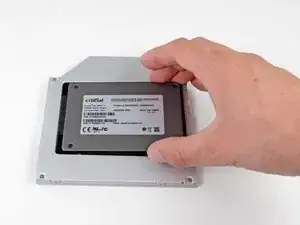
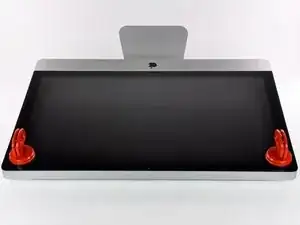





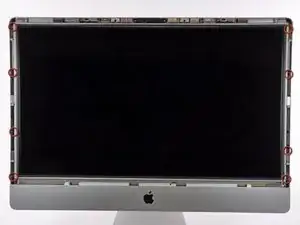









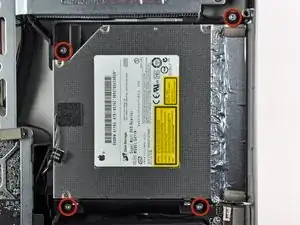




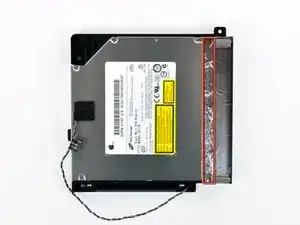
















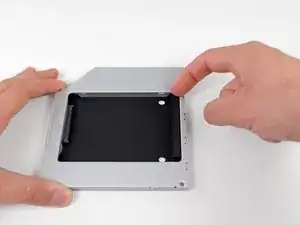
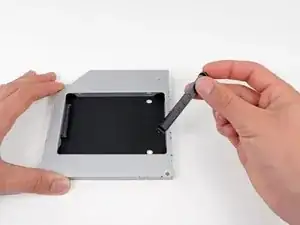
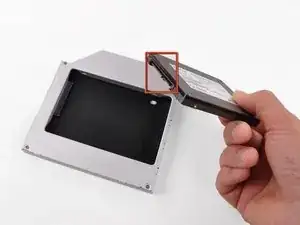
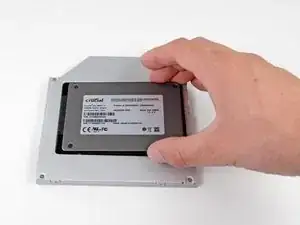
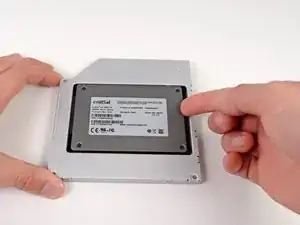
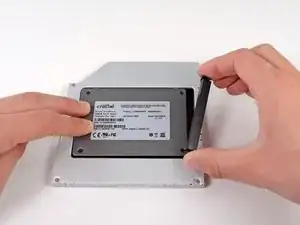
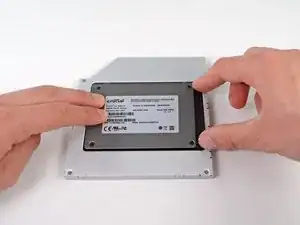

You can easily lift the glass panel off the magnets with only your fingernails (or something thin like a credit card or a guitar pick). No need to buy suction cups you will only use once.
Nick Caron -